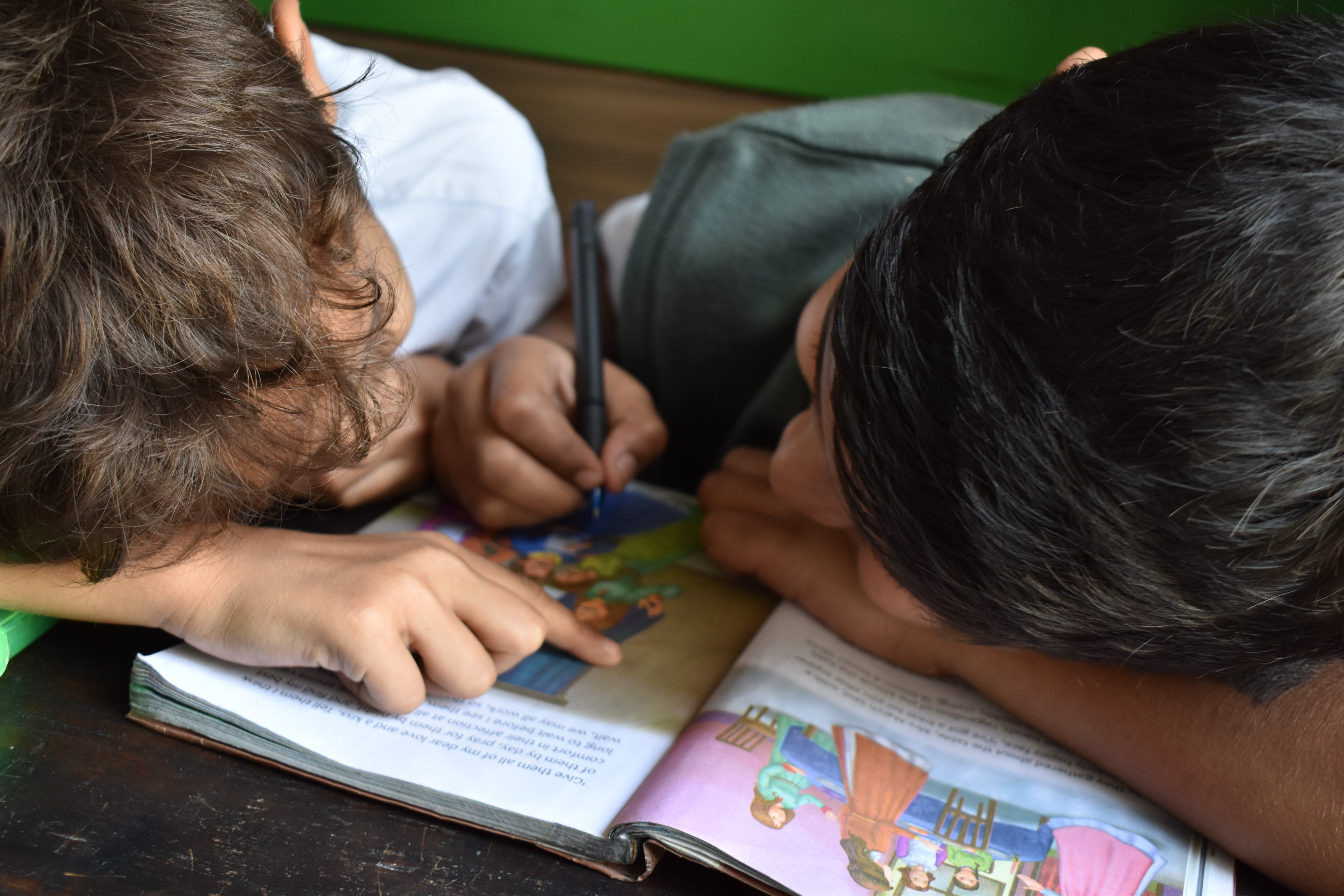Media release
From: Medical Journal of Australia (MJA)SCHOOLS MUST CLOSE IN AREAS WITH ONGOING COMMUNITY TRANSMISSION
COMPLACENCY about the vulnerability of children to COVID-19 infection and their ability to transmit the virus “cannot continue”, and schools must not remain open for face-to-face teaching in the setting of ongoing community transmission, according to the author of an article published online today by the Medical Journal of Australia.
Dr Zoë Hyde, from the Faculty of Health and Medical Services at the University of Western Australia, wrote that emerging international research shows children are similarly vulnerable to COVID-19 infection as adults and transmit the virus “to a meaningful degree”.
“There is no reason to think that children are less likely to transmit the virus than adults,” Dr Hyde wrote.
“In a study of symptomatic people with mild to moderate COVID-19, the amount of viral RNA detected in the nasopharyngeal swabs of children aged 5-17 years was similar to that of adults. However, young children (<5 years) had levels 10 to 100 times higher.
“Children may therefore have the potential to be substantial drivers of the pandemic, particularly given the large number of contacts children have in close-contact settings such as childcare centres and schools.”
A recent study of COVID-19 in educational settings in New South Wales appears to suggest a small role for schools at first glance, with limited transmission reported between January to April, although a large outbreak occurred in a childcare centre, according to Dr Hyde.
“However, schools switched to distance learning for the majority of students in March, after which school attendance fell to 5%. Additionally, only 44% of close contacts were tested (the majority after developing symptoms), so cases in children may have been missed. Furthermore, the majority of cases in the state were acquired overseas at the time of the study, and there was minimal community transmission.
“Two conclusions can therefore be drawn. First, the risk associated with schools and childcare centres is likely modest only in the setting of low community transmission.
“Second, investigation of children has frequently been poor, with insufficient testing performed.”
Dr Hyde wrote that the current situation in Victoria should act as a warning to the rest of the country.
“This complacency cannot continue,” she wrote.
“As community transmission has grown, clusters have arisen in educational settings catering for children of all ages. Notably, an epidemiological link was found between a school cluster and a major outbreak in Melbourne’s public housing towers, prompting dramatic measures to curtail transmission.
“A school cluster currently comprising 11 students, 4 teachers, and 2 social contacts of school community members has since emerged in Sydney.
“Schools must not remain open for face-to-face teaching in the setting of ongoing community transmission.
“In regions where community transmission is minimal, risk-reduction strategies must be implemented in schools as a matter of urgency.
“At a minimum, interventions should include the wearing of face masks by staff and students, increasing ventilation and indoor air quality, and the regular disinfection of shared surfaces.”
Dr Hyde concluded that the role of children was vital in terms of virus containment.
“The evidence clearly shows that children and schools are at risk, with wider implications for the community,” she said.
“Additionally, serious outcomes in children will become increasingly common – at least in absolute terms – if the virus is allowed to spread.
“We can no longer afford to overlook the role children play in transmission if we hope to contain the virus.”


